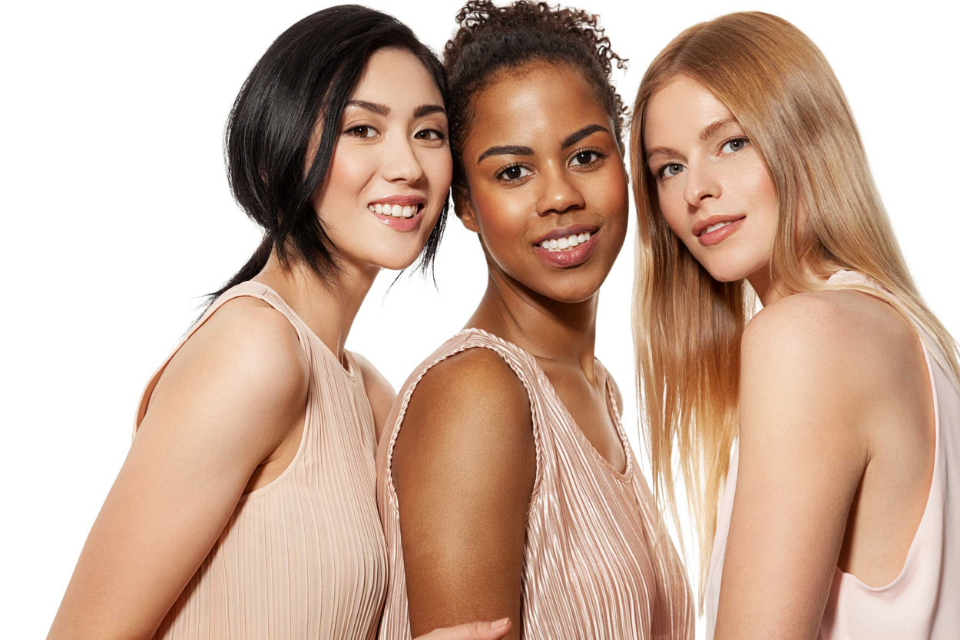
Photofacials use a broad spectrum of light to target the red blood vessels and brown spots on the body. When these imperfections are hit with the laser light, the appearance of them is reduced. A series of treatments is needed to produce the optimal results. Most people need to get three to four treatments, which are spaced four weeks apart from one another.
Photofacials Can Be Used To Treat The Following The Skin Conditions:
• Melasma
• Wrinkles
• Enlarged pores
• Wrinkles
• Hyperpigmentation
• Liver spots
• Facial veins
• Freckles
The results that you will get are largely dependent upon the aggressiveness of the treatment. However, everyone who gets a photofacial will experience a reduction in sun spots, blood vessels, rejuvenated skin and smoother skin. For the best results, you will need to get more than one treatment.
There is no downtime associated with getting the photofacial treatment. Your skin will be red for a few hours, and you may experience skin sensitivity. You can even put on makeup after you complete your treatment. You will need to limit sun exposure for two weeks after your treatment.
Photodynamic therapy, which is also called PDT, is non-invasive, and it consists of a photosensitizing agent and light treatments. The photosensitizing agent is called Levulan. Before receiving light treatments, Levulan is applied to the patient’s skin, which makes the skin react better to a specific light source. Next, the photosensitizing agent is removed from the patient’s skin, and light treatments begin. Initially, PDT was approved by the FDA as a treatment for skin pre-cancers. However, studies show that the treatment can also be used safely and effectively for treating acne.
The exact science is not perfect, but it’s believed that PDT uses two main mechanisms to treat acne. The first mechanism involves shrinking oil or sebaceous glands, which are part of the reason why acne forms.
The first mechanism dramatically reduces the amount of oil present in the patient’s skin pores, which reduces the total number of white and blackheads. The second mechanism involves killing bacteria. PDT actually eliminates the acne-causing bacteria that live on the face. A patient’s overall skin texture is improved by PDT, which also helps to speed up the body’s natural process of healing acne-caused discoloration.
To remove dead skin cells, the patient is given an acetone scrub, which also enhances light penetration. After the scrub, Levulan is applied to the patient’s skin, and it’s allowed to sit for 20 to 60 minutes. After the incubation period, Levulan is removed. Next, the patient’s skin is given light treatments, which can last 15 minutes. Red laser or blue light are commonly used to activate Levulan. Some patients experience sensations of moderate warmth, but most feel no pain. For about two days after treatment, patients need to avoid sun exposure.
Most patients can expect to see 50 or 70 percent of their acne disappear, which usually requires a few treatments. Unfortunately, a small percentage of patients don’t see significant results. Although results are not guaranteed, most patients experience great results. In most cases, a patient will need four to six treatments, which are given over one to two-week intervals. The number of treatments a patient will need is directly related to the severity of the patient’s acne.
Common side effects for this treatment are skin peeling and redness. The peeling can last from one to eight days, and patients describe it as having sunburn. In conclusion, almost all patients experience exceptional results from photodynamic therapy.